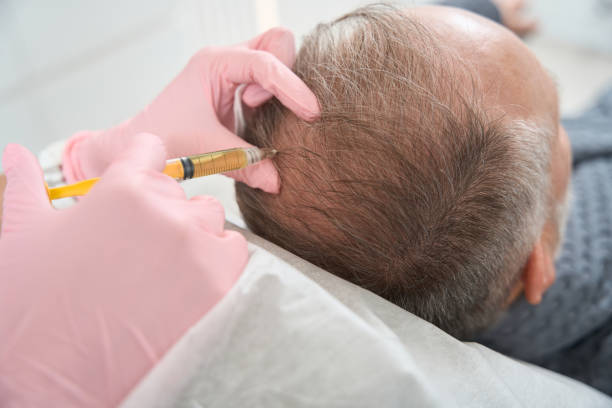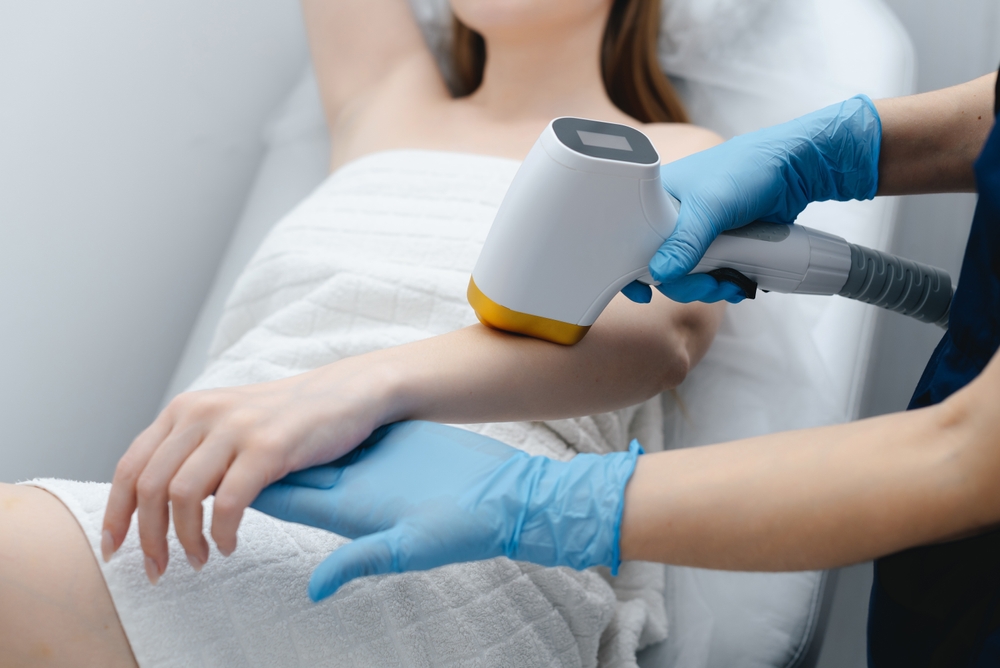Understanding Knee Gel Injections for Arthritis Relief in 2025
Knee gel injections, commonly known as viscosupplementation, are often discussed as a nonsurgical approach for managing arthritis-related knee discomfort. These treatments aim to support joint lubrication and smoother movement by introducing a gel-like substance into the knee. In 2025, interest continues as many explore conservative options before considering surgery. This overview explains how viscosupplementation works, the types of injections available, and key considerations that may guide informed discussions with healthcare professionals.

Knee arthritis progressively wears down the protective cartilage in joints, leading to bone-on-bone friction that causes inflammation and discomfort. Traditional treatments range from physical therapy and pain medications to eventual joint replacement surgery. However, knee gel injections provide an intermediate option that addresses the underlying mechanical issues within the joint itself. These treatments aim to restore cushioning and improve joint function without invasive procedures.
The effectiveness of knee gel injections varies among individuals, depending on factors such as arthritis severity, overall health, and specific knee conditions. Medical professionals typically recommend these injections after conservative treatments have proven insufficient but before considering surgical intervention. Understanding the science behind these injections and their practical applications helps patients make informed decisions about their arthritis management strategy.
Viscosupplementation: A Closer Look
Viscosupplementation involves injecting hyaluronic acid directly into the knee joint to supplement the synovial fluid that naturally lubricates and cushions the joint. In healthy knees, this fluid maintains smooth movement and absorbs shock during physical activity. Arthritis breaks down hyaluronic acid, reducing its protective properties and leading to increased friction and pain.
The injected gel mimics natural synovial fluid, providing temporary cushioning between bone surfaces. This process can reduce pain, decrease inflammation, and improve joint mobility for several months. The hyaluronic acid used in these injections comes in various molecular weights and formulations, with some requiring multiple injections over several weeks and others administered as a single dose.
Research indicates that viscosupplementation works best for mild to moderate osteoarthritis. The treatment does not cure arthritis or regenerate damaged cartilage, but it can provide symptomatic relief and potentially delay the need for more invasive procedures. Patients typically notice improvements within a few weeks of treatment, with effects lasting anywhere from three to twelve months depending on the specific product used and individual response.
Who Can Benefit from Knee Injections
Knee gel injections prove most effective for individuals with mild to moderate osteoarthritis who have not responded adequately to conservative treatments such as physical therapy, weight management, or oral medications. Ideal candidates typically experience persistent knee pain that interferes with daily activities but do not yet require joint replacement surgery.
Patients with severe arthritis, where significant cartilage loss has already occurred, may experience limited benefits from viscosupplementation. Similarly, those with active knee infections, skin diseases around the injection site, or allergies to hyaluronic acid products should avoid this treatment. Medical professionals conduct thorough evaluations, including physical examinations and imaging studies, to determine whether knee gel injections represent an appropriate treatment option.
Age alone does not disqualify someone from receiving these injections, though younger patients with early-stage arthritis often respond better than older individuals with advanced joint degeneration. Active individuals seeking to maintain their lifestyle without surgical intervention frequently explore viscosupplementation as part of a comprehensive arthritis management plan that may include exercise, weight control, and other supportive therapies.
Enhancing Knee Mobility with Injections
Improved mobility stands as one of the primary goals of knee gel injections. By restoring lubrication and cushioning within the joint, these treatments can reduce stiffness and increase range of motion. Many patients report being able to walk longer distances, climb stairs more easily, and participate in activities they had previously avoided due to knee pain.
The mobility improvements stem from multiple mechanisms. The gel reduces friction between joint surfaces, allowing smoother movement. It also appears to have anti-inflammatory properties that decrease swelling and irritation within the joint. Some research suggests hyaluronic acid may stimulate the body’s own production of natural joint fluid, though this effect remains under investigation.
Maximizing mobility benefits requires combining injections with appropriate physical therapy and exercise programs. Strengthening the muscles surrounding the knee provides additional joint support, while maintaining flexibility prevents compensatory movement patterns that could stress other joints. Healthcare providers typically recommend low-impact activities such as swimming, cycling, or walking to maintain knee function without excessive strain.
Safety Guidelines for Knee Gel Injections
Knee gel injections generally present a favorable safety profile when administered by qualified healthcare professionals. The most common side effects include temporary pain, swelling, or warmth at the injection site, typically resolving within a few days. Applying ice and resting the knee immediately after injection helps minimize these reactions.
Serious complications remain rare but can include infection, allergic reactions, or bleeding within the joint. Patients should immediately contact their healthcare provider if they experience severe pain, significant swelling, fever, or signs of infection following an injection. Proper sterile technique during administration significantly reduces infection risk.
Certain precautions enhance treatment safety. Patients should inform their healthcare provider about all medications, supplements, and existing health conditions before receiving injections. Those taking blood thinners may require special considerations. Avoiding strenuous activity for 48 hours after injection allows the gel to distribute properly throughout the joint. Most patients can resume normal activities within a few days, though individual recovery times vary.
Regular follow-up appointments enable healthcare providers to monitor treatment effectiveness and adjust management strategies as needed. Some patients benefit from repeat injection courses when initial effects diminish, though the optimal timing and frequency of repeat treatments continue to be studied. Open communication with healthcare providers ensures that knee gel injections remain part of a safe, effective, and personalized arthritis management approach.
This article is for informational purposes only and should not be considered medical advice. Please consult a qualified healthcare professional for personalized guidance and treatment.



